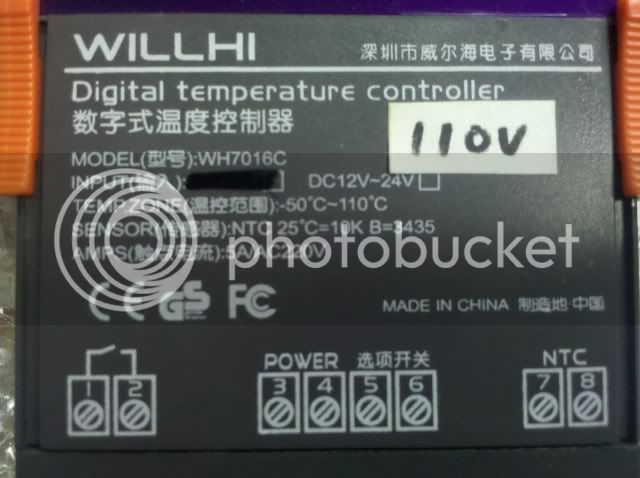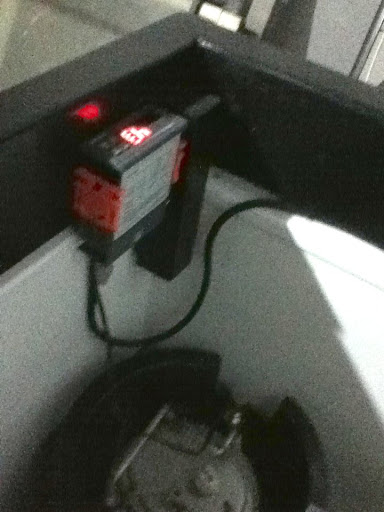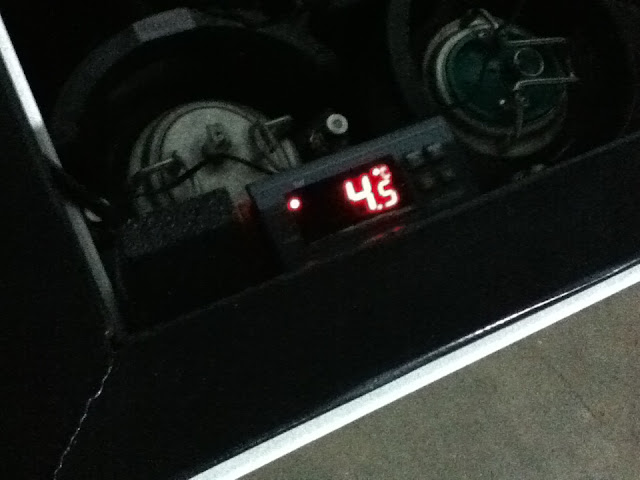220V in the home is just two 110V legs forming a split-phase system instead of a single 220V single phase system which the Europeans use.
Nope. It is single phase with a center tapped transformer.
US electrical codes confusing enough without adding to it with "technical" vs. "technically correct" terms for US 220V(240V?).
Hopefully no one adds to the confusion by mentioning that the "+" peak in the AC waveform, or the "+" wire in DC, is really "-". Did I just do that? It is just a naming convention, and has little bearing on the question at hand. Here is a brief explanation of the terms-
"Split phase" is shorthand/jargon for a US 220V "center tapped, 3 wire, single phase" style of service. A bit like "split phase", "center tapped, 3 wire, single phase"; potAto, (insert very long winded latin name for the potAHto species). If you are a Dan Quayle fan- potAtoE, potAHtoE. So being nit-picky and calling US 220V "single phase" means including "3 wire, center tapped" every time as well. Or, just using "split phase" like most people.
To address the current issue of plugging a EU 220V appliance into 220V service-
(since 110V service is also referred to as 120v, just like Euro "220v" is also referred to as 230v, I will use 110/120v, 220/240v (US), 220/230v (Euro)
The US 220/240V circuit uses a "center tapped" transformer resulting in (up to) a 3 wire circuit- 2 110/120V wires, with respect to the 3rd neutral wire; and with the 2 110/120V wires linked 180 deg out of phase with respect to each other. The neutral wire, combined with either of the 110/120v wires, is (mainly/only?) used to when 110/120V circuits (clocks, lights, controls) are needed within an appliance that is connected to a 3 wire 220/240V plug.
As an analogy, a house, in the US at least, is like a big appliance connected to a 3 wire 220/240V plug. Within the house, 110/120V circuits are made by connecting either of the hot 110/120v legs to the neutral. The ground wire for outlets within the house is attached to a conductor (copper rod usually) connected to earth (dirt near the house).
That being said, some Euro 220/230V appliances will work if wired to the two hot legs of US 220/240V service. Unless it is a simple resistive heating device, the appliance needs to be checked to make sure that the plug/power doesn't need to be oriented a specific way in its native socket, i.e. it requires the neutral and hot on specific pins of the plug/socket. Specific hot/neutral pins usually means there are groundings in the internal circuitry. These circuits may not function properly if hooked up to the two hot legs of US 220/240V service since both legs are "hot", and, depending on the circuit, could power exposed surfaces or cause internal shorts. Either is bad juju.
This controller does not specify a hot and neutral pins for the input power, and may work, when connected to the hot legs of a US 220/240V circuit. Even if it does function completely, it may not be worth doing for several reasons. For permanent use, a new 220/240V outlet with a smaller 15 amp main breaker should be installed for safety reasons. Also, how a GFCI would react to this bastardized setup is unknown, to me at least, and needs to be investigated.
As suggested by several previously, it seems like the best use of these misordered 220V controllers is as a temperature display. The outlet box isn't needed, so it ends up being a ~$30 temp display. That isn't much more than a nice digital temp display would cost anyway. I would be more irritated by having to wait another month (and counting for me, anyway) for the reordered 110/120V version to arrive.
Cliff








